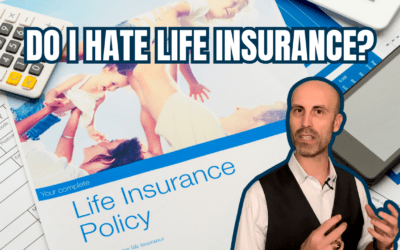In the financial world, just like in life, it is impossible to eliminate risk. Even just sticking all your assets into cash exposes you to inflation risk that can cause your cash to lose its purchasing power over time.
Therefore, our goal should be to mitigate risk – not eliminate it – by seeking out the best risk adjusted return. We only want to accept the minimum amount of risk in order to get the desired return. There are many types of risk out there, but the two broad types of risk are systemic and unsystemic. Put together they form your total risk.
Systemic risk is the uncertainty of return inherent in the system of which any asset is a part. For example, a security can be exposed to uncontrollable external factors that may have an impact on that security’s prospects. Unsystemic risk tends to be risk internal to that security alone. While we can implement strategies to mitigate unsystematic risks – often through diversification – systemic risks cannot be eliminated since they have their origins in broad market, economic, political, and international events. While some securities may be more sensitive to these risks than others, none can escape entirely. An obvious recent example is the rapid market drawdown we experienced back in March 2020 due to the COVID-19 pandemic.
Many people do not know how much risk they are taking on when working to build or maintain financial freedom. Some people primarily focus on the potential returns of an investment and tend to overlook potential risks. Some may look at an investment’s past performance and assume that trend will continue, not realizing that the investment may have plateaued, or worse, be primed for a pullback. Some people do all the right things in the beginning. Building a well thought out investment portfolio that aligns with their goals and maintains a good risk/reward profile. However, many often “set it and forget it.” The world changes – your life changes – so over time what once made sense may not anymore and require reassessment – and this is where many people fall down.
So, what can you do to ensure you are not taking on more risk than you should? Well, there are two primary options. First, you do it yourself. Keep a constant eye on the markets, the state of the world, and how it impacts your financial future. This may require constantly doing research and rebalancing your strategy to ensure you’re keeping an optimal risk/reward profile. The second way involves working with a professional that has a codified process to help you achieve your goals without exerting the time and effort it would take to do it all yourself.



